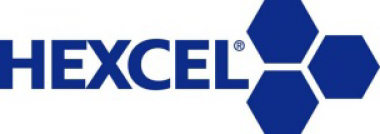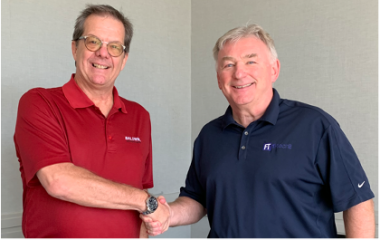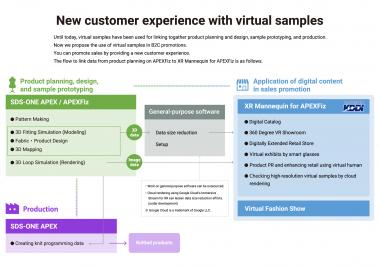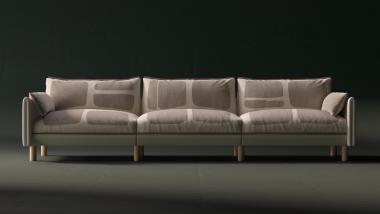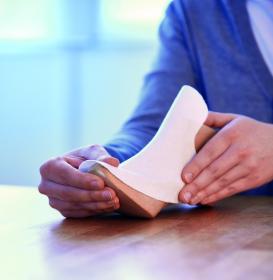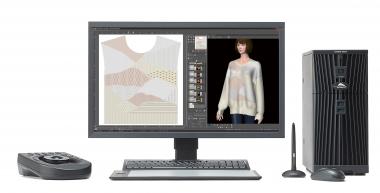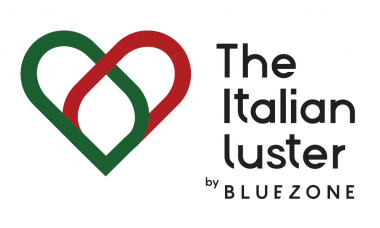CELLIANT® Viscose now as flock coating and flock fabric
- Partnership with Spectro Coating Corp. Expands Horizons for the World’s First In-fiber Sustainable Infrared Viscose
CELLIANT® Viscose, which converts body heat into energy, is a combination of nature and performance. It was developed by materials science leader Hologenix®, creators of CELLIANT, a natural blend of IR-generating bioceramics used in textiles, and Kelheim Fibres, a leading manufacturer of viscose specialty fibers. It is the world’s first in-fiber sustainable infrared viscose. Now Hologenix has partnered with Spectro Coating Corp., the largest vertically integrated flock coating and flock fabric manufacturer in the world, to create the first flocked infrared material with CELLIANT Viscose.
Flocking is an application method in which tiny fibers are piled on to the surface of a textile, creating textures for both decorative and functional purposes. CELLIANT Viscose in a flocked material has many potential applications in the medical field for tapes, bandages, braces and orthopedic products, home textiles and decor, dog beds, clothing, and more. CELLIANT features natural, ethically sourced minerals, which convert body heat into infrared energy for increased local circulation and cellular oxygenation. These CELLIANT minerals are then embedded into viscose plant-based fibers. The Viscose fibers are then flocked onto a base material. CELLIANT Viscose provides all the benefits of being a viscose fiber — lightweight, soft, highly breathable, excellent moisture management — as well as the fiber enhancements from CELLIANT infrared technology.
CELLIANT Viscose is the first IR flocked material that Spectro is producing. CELLIANT Viscose also represents a further expansion into sustainable products for Spectro. In addition, Spectro products are made in the USA, as is CELLIANT’s mineral blend.
Hologenix






